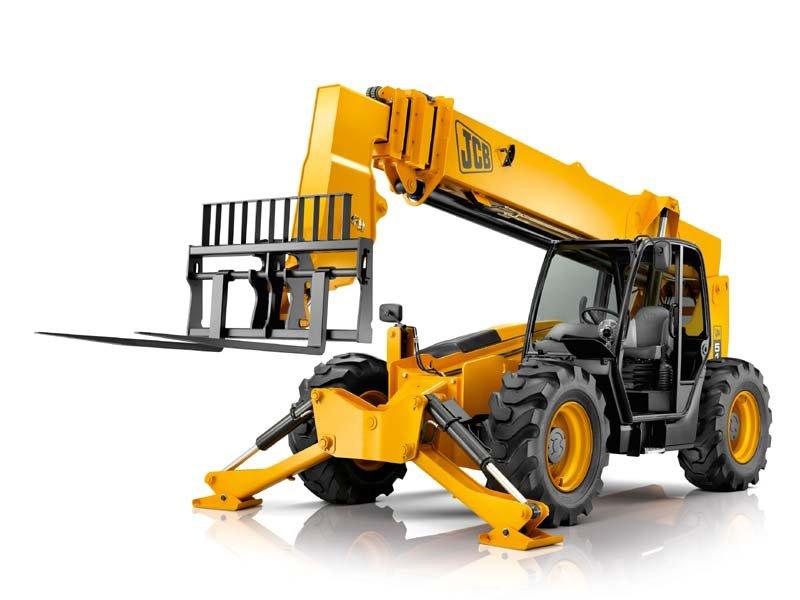Boom Lift Rental: Inexpensive and Trusted Lifts for Any Task
Boom Lift Rental: Inexpensive and Trusted Lifts for Any Task
Blog Article
Maximize Your Spending Plan by Comprehending the Costs Associated With Building And Construction Devices Rentals
Recognizing the full scope of costs associated with construction equipment services is essential for maximizing your budget plan. What approaches can be employed to effectively take care of these prices and guarantee a much more reliable rental experience?
Overview of Rental Expenses
When considering building and construction devices services, comprehending the connected prices is vital for effective budgeting and job planning. Rental expenses can vary dramatically based on numerous elements, consisting of tools kind, period of leasing, and area. The initial rental cost often mirrors the equipment's market need and its linked operational capacities, influencing the overall cost.
Along with the base rental rate, supplementary prices might develop, such as transportation charges, gas additional charges, and maintenance fees. It is important to represent these additional expenses to accurately examine the total cost of leasing tools. Furthermore, the rental duration can impact prices; longer services might get discounted prices, while short-term services could sustain higher daily costs.

Failure of Rental Prices
A thorough understanding of rental prices is crucial for contractors and project supervisors aiming to enhance their budgets. Rental prices for building and construction tools commonly include several components, consisting of base prices, time-based fees, and usage costs.
Base prices are the core fees connected with the rental of the tools, usually established by the kind and dimension of the machinery. These prices can differ substantially, influenced by factors such as tools need, accessibility, and local market patterns. Time-based charges, which may be daily, weekly, or monthly, serve to suit different task timelines and rental periods.
Furthermore, rental rates might include usage charges, which are suitable when devices is utilized past a specified limit, making sure that the rental company can make up deterioration. Seasonal demand variations can likewise influence rental rates, with peak construction periods commonly commanding greater prices.
In addition, understanding the rental firm's policies pertaining to maintenance and insurance policy can supply further insight right into the overall expense framework. By examining these parts, specialists can make enlightened decisions, ensuring the choice of rental tools aligns with both job needs and budget restraints.
Extra Charges to Take Into Consideration
Understanding the intricacies of added fees is vital for professionals to handle their general leasing costs successfully. Beyond the typical rental rates, different auxiliary costs can significantly impact the total cost of tools rental. These fees frequently include delivery and pickup costs, which can vary based on range and logistics involved in delivering the equipment to and from the task site.
Moreover, some rental firms might impose fuel additional charges if the equipment is returned with much less fuel than when rented. It is also vital to understand possible cleansing costs, especially for specific equipment that calls for detailed upkeep after use.

Completely reviewing the rental arrangement and clearing up these additional costs upfront can aid professionals ensure and prevent unexpected expenses that budgets continue to be intact throughout the job lifecycle.
Maintenance and Repair Costs
Regular upkeep and repair costs are commonly neglected variables that can substantially affect the general price of construction equipment leasings. When renting devices, it is critical to think about not just the rental fees yet also the prospective prices connected with maintaining the equipment in optimal operating problem.
Many rental business consist of standard upkeep as part of the rental contract; however, much more considerable repairs or unforeseen failures can lead to extra costs. It's necessary to review the rental contract very carefully to recognize what upkeep solutions are covered and what responsibilities fall on the tenant.
Moreover, tools that is not properly maintained can lead to inefficiencies at work site, possibly raising and triggering delays project expenses. To reduce these dangers, it is a good idea to carry out routine evaluations and keep open communication with the rental service provider concerning any type of issues that occur during use.
Insurance Coverage and Obligation Expenses
Insurance coverage and liability costs are essential elements that can substantially influence navigate to this website the general expenditure of building equipment leasings (dozer rental). These expenses make sure that both the rental business and the customer are safeguarded from potential financial losses arising from crashes, damages, or theft during the rental period

Furthermore, customers need to recognize any kind of deductibles or exemptions in the insurance coverage, as these can affect prospective out-of-pocket expenses. Recognizing the conditions of any type of insurance policy protection is vital to stay clear of unexpected prices. Inevitably, budgeting for insurance policy and responsibility expenditures can assist make sure a smoother rental experience and secure against economic risks related to building and construction projects.
Conclusion
To conclude, a comprehensive understanding of the prices connected with building tools leasings is important for efficient budget navigate here plan administration. By examining rental prices, added charges, upkeep expenditures, and insurance individuals, demands and organizations can decrease unexpected expenditures. This critical strategy not only boosts cost-effectiveness however also guarantees that jobs progress smoothly and successfully. Ultimately, notified decision-making relating to equipment services adds to the general success of building and construction ventures.
Rental expenses can differ significantly based on several elements, including equipment kind, period of leasing, and area (heavy equipment rental). The rental period can impact rates; longer leasings might qualify for discounted rates, while temporary services might incur higher day-to-day fees
By performing comprehensive study and involving with respectable rental firms, contractors can efficiently navigate the complexities of rental rates, eventually maximizing their monetary sources.
Beyond the conventional rental rates, numerous auxiliary costs can significantly influence the overall price of equipment leasing. Rental business usually supply responsibility insurance policy that covers injuries to 3rd parties or damages to property, while devices damages insurance can cover the cost of repair services or substitute if the leased equipment is damaged.
Report this page